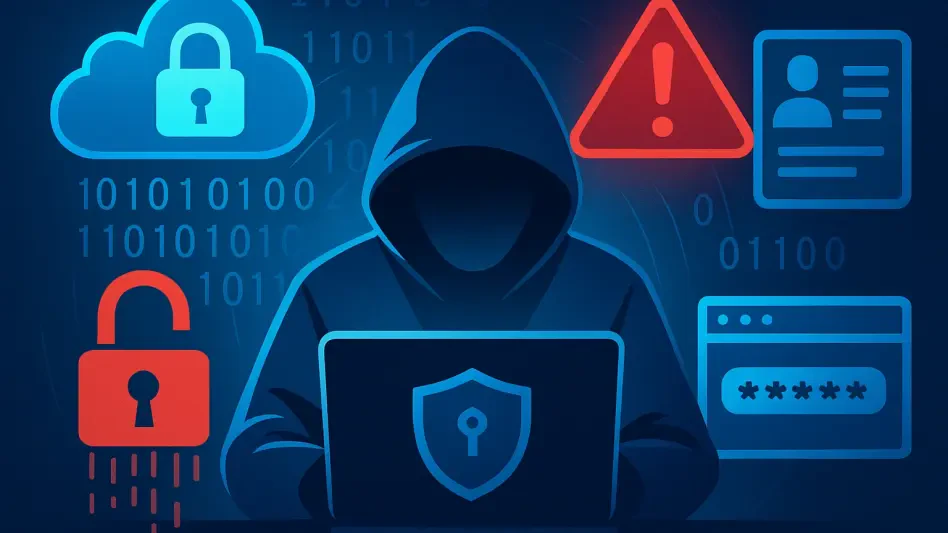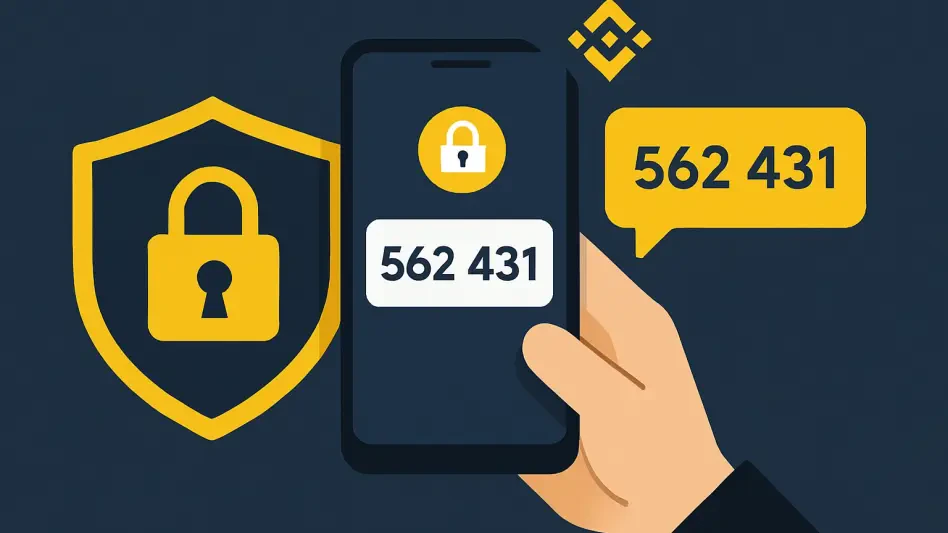In a staggering revelation that has sent shockwaves through the digital world, a renowned security expert recently updated widely-used databases with an unprecedented haul of compromised data, including 2 billion unique email addresses and 1.3 billion unique passwords. This massive collection, gathered from credential stuffing attacks and infostealer malware, highlights the vulnerability of online accounts on a scale rarely seen before. The sheer volume of affected users necessitated phased notifications to subscribers of a prominent breach-checking service, underscoring the urgency of the situation. Given the unique characteristics of this data breach and the pressing need for actionable steps, traditional advice on online security has been revisited and refined. This article outlines four critical adjustments that have been prioritized to bolster digital defenses in the wake of such an extensive exposure. These measures aim to address current threats and protect personal information from falling into the wrong hands.
1. Adopt Unique Email Addresses for Every Account
Reusing the same email address across multiple accounts poses a significant risk, as it simplifies the process for hackers employing credential stuffing attacks, especially when passwords are also reused. This method allows attackers to test known email and password combinations on various platforms with alarming success rates. To counter this, a practical solution is to assign a distinct email address to each account. Modern tools have made this approach far more manageable than in the past, eliminating the need to juggle multiple email accounts manually. By leveraging email aliases, often referred to as email masks, users can create unique identifiers for each service while still funneling messages to a single inbox if preferred. This strategy not only disrupts the ease of unauthorized access but also adds a layer of complexity that deters potential intruders from targeting accounts with predictable login information.
For enhanced protection, users can explore both basic and advanced email alias options. Basic aliases involve appending extra text to an email handle using a plus sign, such as [email protected], a feature supported by services like Gmail and Proton Mail. However, for those seeking greater privacy, dedicated masked email services offered by providers like Proton Mail, Fastmail, or Apple’s iCloud Mail—sometimes labeled as “hide-my-email” features—generate completely random email addresses that conceal the true one. Standalone services like Mozilla Relay or SimpleLogin also provide robust solutions for creating anonymous aliases. When using basic aliases, ensure the added text is not easily guessable, avoiding obvious tags like +target for a specific retailer’s site. Opting for fully anonymous email masks offers the added benefit of preventing data profiling, which could otherwise be used to craft targeted phishing attempts, making this a superior choice for comprehensive security.
2. Revamp Outdated Passwords
The recent breach revealed that many compromised passwords were remarkably outdated, with some dating back 10 to 20 years and consisting of just eight characters or minimal variations, such as appending a couple of exclamation marks. These weak credentials are a stark reminder of how vulnerable old passwords can be in today’s landscape of advanced hacking tools. Standards for password strength have evolved dramatically over the past decade, rendering combinations once deemed secure, like p@$$word!, easily crackable due to leaps in computational power. It’s imperative to revisit and update any passwords that haven’t been changed in years, ensuring they align with current best practices for length and complexity. This proactive step is crucial to safeguarding accounts against brute-force attacks and other methods that exploit outdated security measures.
Even for accounts that are no longer actively used, leaving them with weak passwords is a risky oversight. Personal information such as addresses or phone numbers tied to these accounts can still be harvested for targeted phishing schemes if a breach occurs. Avoid the temptation to make minor tweaks to existing passwords, as frequent website breaches can expose even slightly altered credentials if they follow predictable patterns. Instead, create entirely new, robust passwords that incorporate a mix of characters and avoid any resemblance to previous ones. This approach minimizes the chance of compromise through credential stuffing or related tactics. Updating passwords across all platforms, regardless of their usage frequency, ensures that no backdoor is left open for attackers to exploit lingering vulnerabilities in forgotten or dormant accounts.
3. Clean Up or Eliminate Old Accounts
Accounts that are rarely accessed often store personal information that doesn’t need to remain on file, creating unnecessary exposure in the event of a data leak, even if passwords remain secure. Sensitive details like credit card information, home addresses, and phone numbers should be removed from such accounts to limit the potential damage a hacker could inflict. Prioritizing the deletion of payment details is a critical first step, as this data is a prime target for financial fraud. By clearing out these details, the risk of personal habits or identifiable patterns being used against users in sophisticated scams is significantly reduced. This practice of minimizing stored data acts as a safeguard, ensuring that even if a breach occurs, the information available to attackers is limited and less actionable.
For added security, consider storing essential details like credit card information in a trusted password manager rather than on individual shopping sites, allowing for convenient autofill without the associated risks. If an account is no longer needed or is used so infrequently that maintaining it offers little value, the best course of action is to delete it entirely. For occasional purchases, opting to check out as a guest can eliminate the need for a persistent account altogether. This strategy reduces the digital footprint and the number of potential entry points for cybercriminals. Taking the time to audit and purge unused or outdated accounts not only declutters online presence but also fortifies defenses against unauthorized access, ensuring that personal data isn’t left vulnerable on forgotten platforms.
4. Embrace Passkeys for Enhanced Security
Switching to passkeys as a primary login method marks a significant leap forward in securing online accounts, as they offer a level of protection that traditional passwords cannot match. Unlike passwords, passkeys cannot be stolen directly or used remotely by unauthorized devices, making them impervious to many common attack vectors. They are uniquely tied to the specific websites for which they are created, rendering credential stuffing attacks and phishing attempts on fraudulent sites ineffective. This technology represents a shift toward more resilient authentication methods, providing peace of mind for users concerned about the safety of their digital identities. Adopting passkeys wherever possible is a forward-thinking move to stay ahead of evolving cyber threats.
Setting up passkeys is a straightforward process that requires minimal ongoing effort, as they function seamlessly once configured. On personal computers, operating systems like Windows can guide users through the setup process if a third-party password manager isn’t in use. For websites that do not yet support passkey-only logins, it’s advisable to create long, unique, and random passwords, store them securely in a password manager, and enable two-factor authentication as an additional layer of defense. This hybrid approach ensures protection even on platforms slow to adopt newer standards. Passkeys stand out for their ease of use and robust security, eliminating the need to remember complex strings of characters while drastically reducing the risk of account compromise. Prioritizing their implementation is a practical step toward a safer online experience.
5. Moving Forward with Stronger Defenses
Reflecting on the monumental scale of the data breach that exposed 1.3 billion passwords, it became evident that outdated security habits needed immediate revision. Implementing the four pivotal changes—adopting unique email addresses for each account, revamping old passwords, cleaning up or deleting unused accounts, and transitioning to passkeys—served as a robust response to the heightened risks. These actions fortified personal security by addressing vulnerabilities that hackers frequently exploited. Looking ahead, staying vigilant about emerging threats and regularly updating security practices will be essential. Exploring additional tools like advanced authentication methods or monitoring services for breach alerts can further enhance protection. Taking these proactive steps not only mitigated the impact of past exposures but also built a foundation for resilience against future cyber challenges, ensuring personal data remained safeguarded in an increasingly complex digital landscape.








